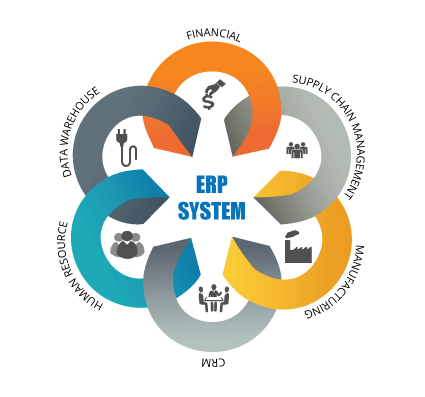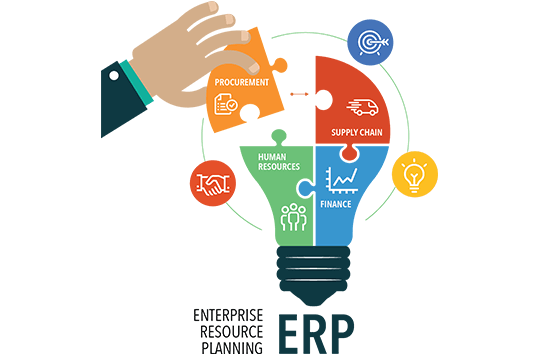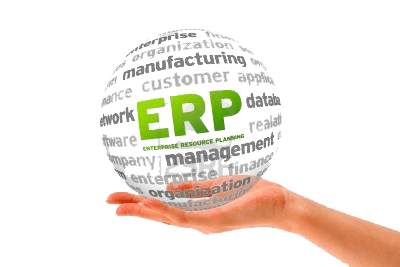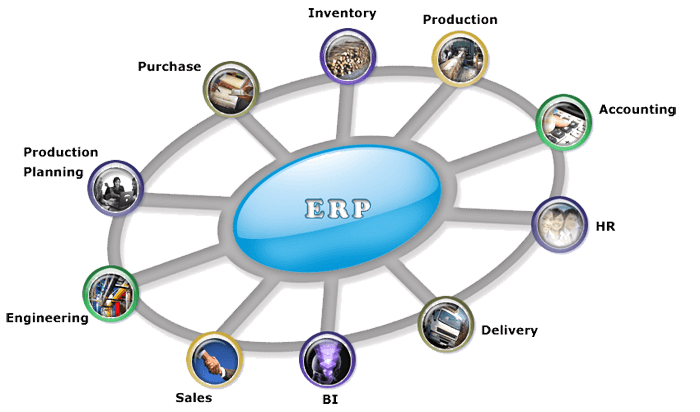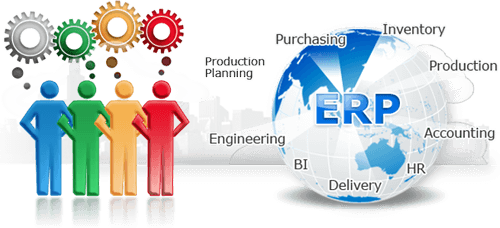All India Database
Enterprise resource planning software, or ERP, doesn’t live up to its acronym. Forget about planning—it doesn’t do much of that—and forget about resource, a throwaway term. But remember the enterprise part. This is ERP’s true ambition. It attempts to integrate all departments and functions across a company onto a single computer system that can serve all those different departments’ particular needs. That is a tall order, building a single software program that serves the needs of people in finance as well as it does the people in human resources and in the warehouse. Each of those departments typically has its own computer system optimized for the particular ways that the department does its work. But ERP combines them all together into a single, integrated software program that runs off a single database so that the various departments can more easily share information and communicate with each other. That integrated approach can have a tremendous payback if companies install the software correctly. Take a customer order, for example. Typically, when a customer places an order, that order begins a mostly paper-based journey from in-basket to in-basket around the company,
